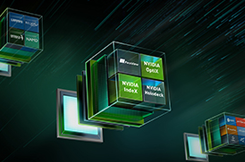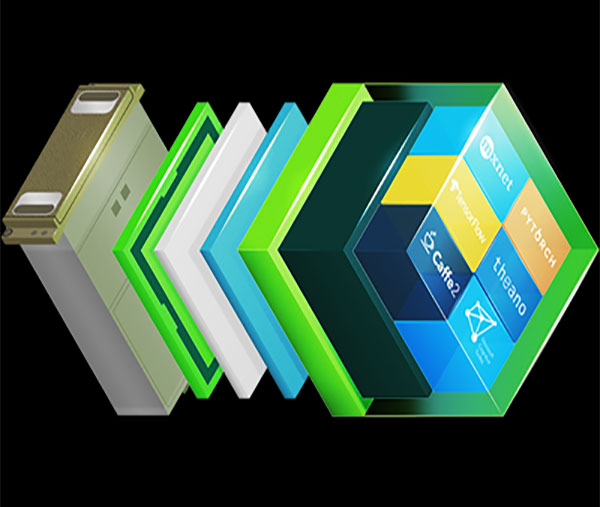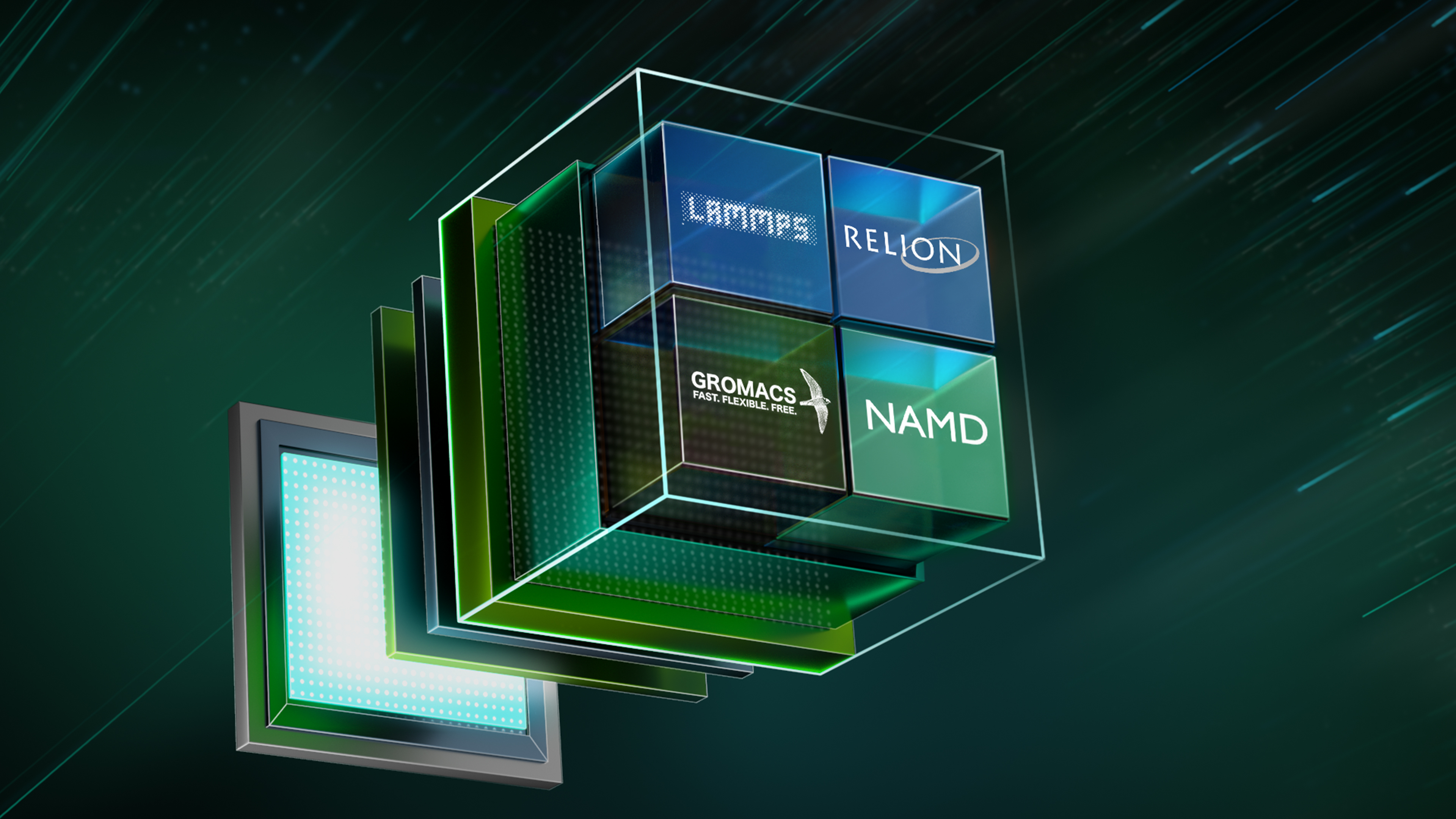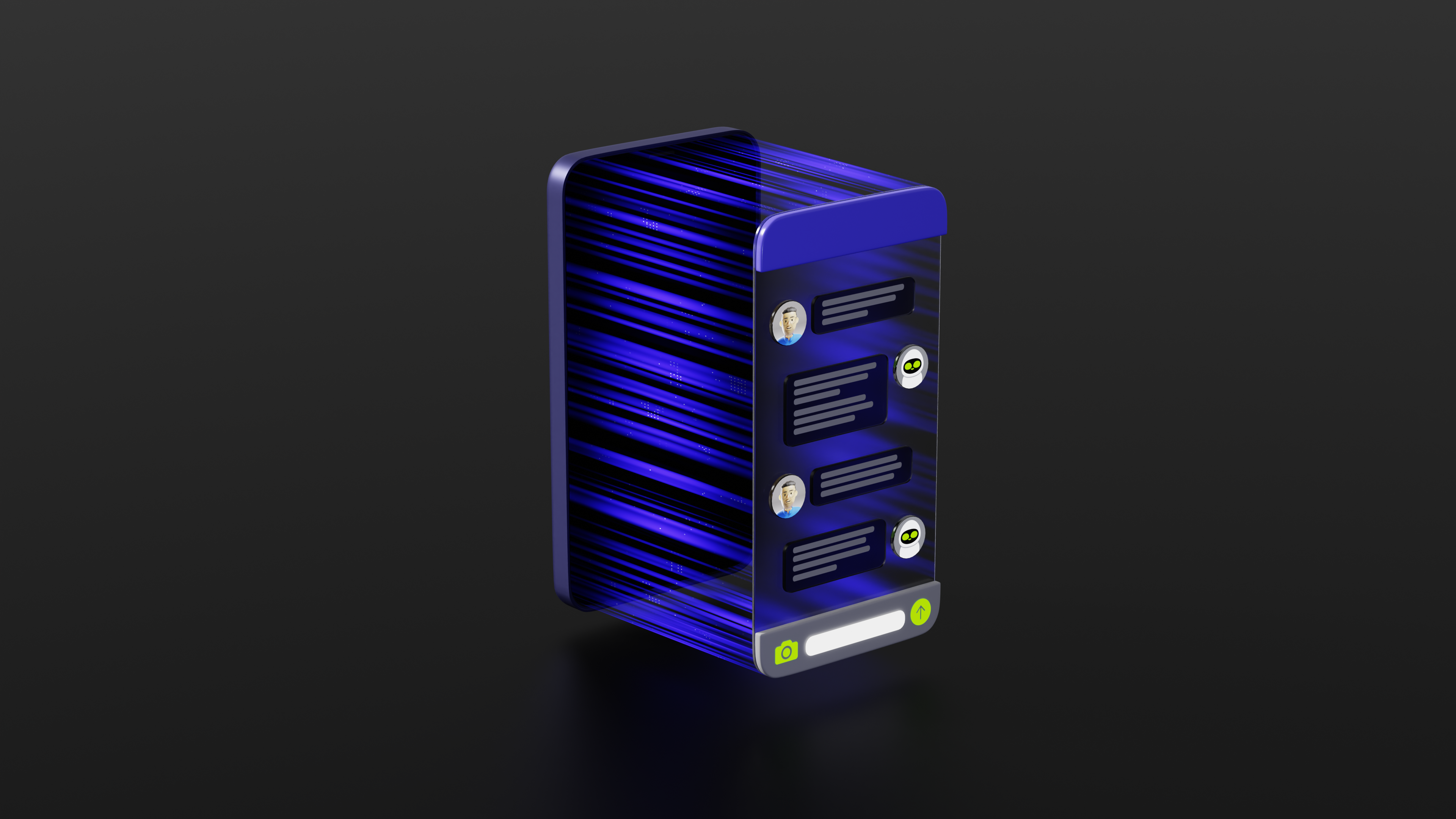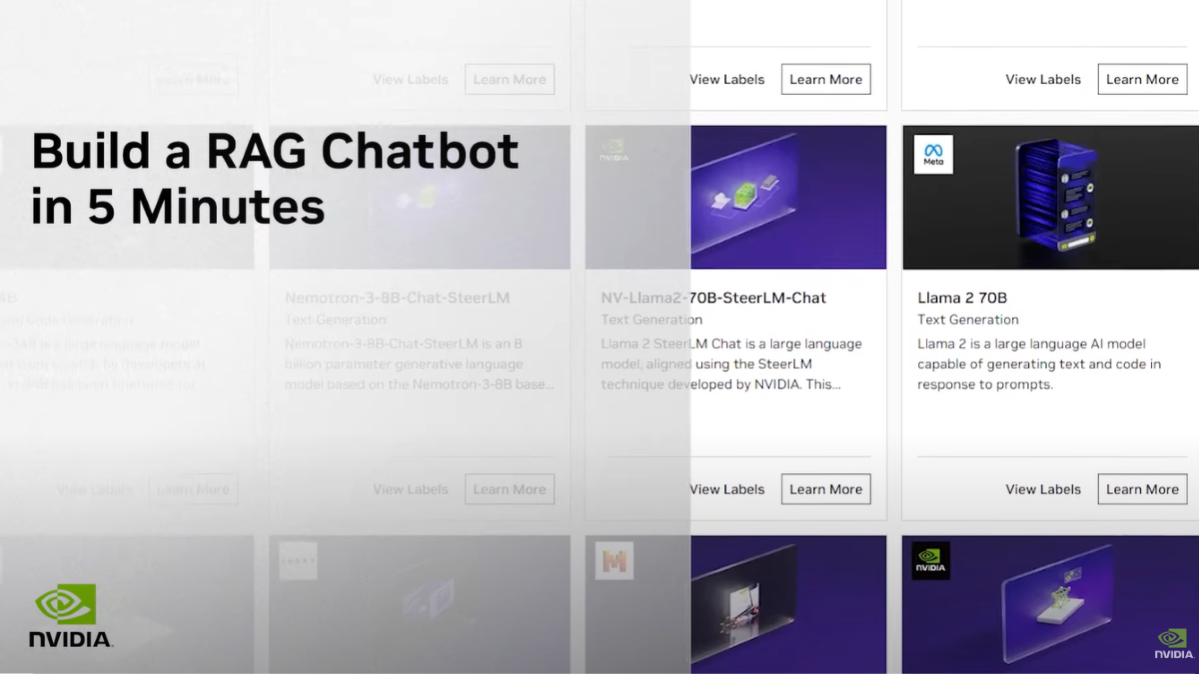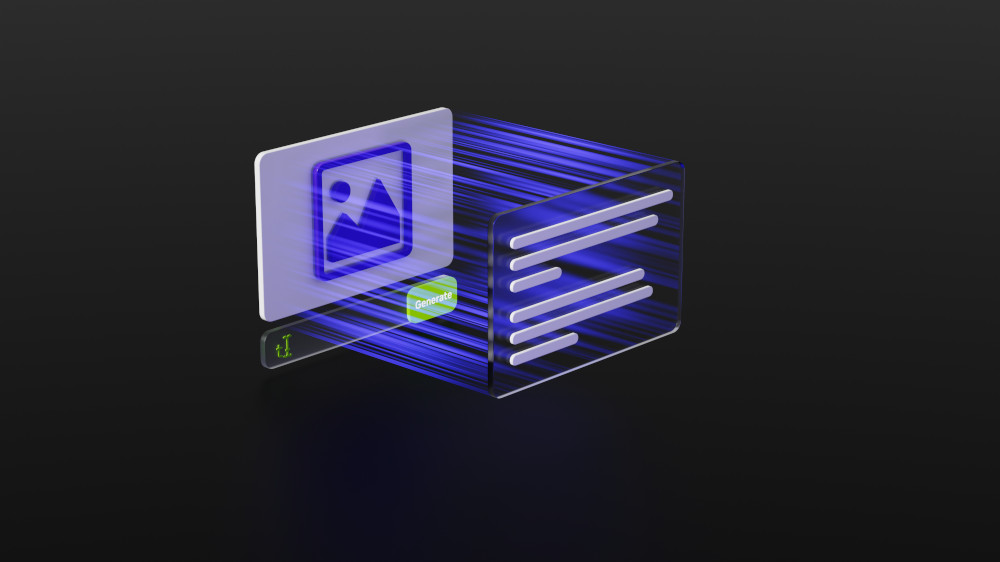Researchers are harnessing the power of NVIDIA GPUs more than ever before to find a cure for COVID-19. Leveraging popular molecular dynamics and quantum chemistry HPC applications, they are running thousands of experiments to predict which compounds can effectively bind with protein and block the virus from affecting our cells.
NGC has recently introduced updated versions of these popular applications in highly performant and secure containers built on CUDA 11, supporting both x86 and ARM based systems. You can now deploy the updated versions of these applications from NGC:
- AutoDock 4.2
- CHROMA 2020
- GROMACS 2020
- LAMMPS Jun 15 2020 patch release
- ParaView 5.8 (Index and Optix)
- RELION 3.0.8
In addition to HPC applications, you can also deploy the Folding@Home container, letting you easily share your spare GPU cycles for protein folding analysis. The Clara Train SDK, used for scanning X-rays and CT scans to detect COVID-19 in patients, is also readily available for deployment from NGC.
NVIDIA Topology-Aware GPU Selection (NVTAGS)
To ensure that GPU to GPU communication is as efficient as possible for HPC applications with non-uniform communication, NVTAGS is a toolset for HPC applications using MPI that enables faster solve times for those applications by intelligently and automatically assigning MPI processes to GPUs, thereby reducing overall GPU to GPU communication time.
NGC Container Environment Modules
Containers are becoming quite popular for deploying HPC applications. However, there are also many HPC sites that are accustomed to using environment modules. With this in mind, we have developed a flexible, open-source reference design called NGC Container Environment Modules, which are lightweight wrappers that deploy the latest containers from NGC via environment modules.
NGC Container Environment Modules use the same environment module commands you are familiar with, ensuring a minimal learning curve and changes to your workflows, while leveraging the benefits of containers such as portability, reproducibility, and security when running your applications.
